A sure-fire way of letting your ego take a knock is to care for a plant only to have it die on you. However, all hope is not lost. Often, a plant that looks wilted still has some life in it and could miraculously start growing again — with the right care. Here are our best tried-and-true hacks that will revive your dying houseplants and get your indoor garden blooming again.

Determine if the Plant is Actually Dead
Just because a plant’s leaves are dried out and papery doesn’t mean it’s beyond saving. Check the stems and roots for signs of life. They should be pliable and firm, and the stems should be greenish on the inside. If the stems and roots are mushy and brittle, the plant is likely dead and can’t be saved.
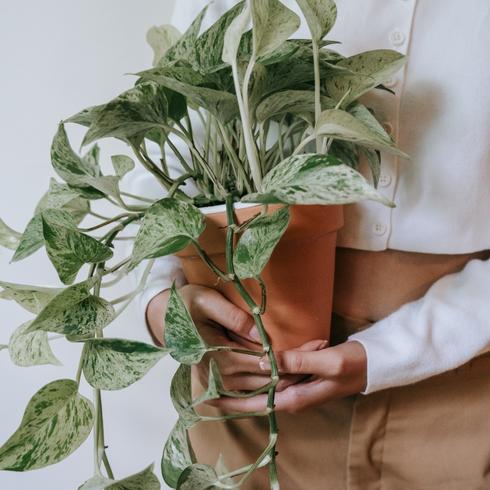
Trim Back the Dead Parts
Can you bring a dying plant back to life? Of course you can! It’s important, though, to get rid of the dead parts so the plant can use its energy for the bits that still have life in them. Start by trimming all the dead leaves. Then, do the same to the dead stems, one third at a time, until you see signs of green. New stems can grow from the trimmed ones.
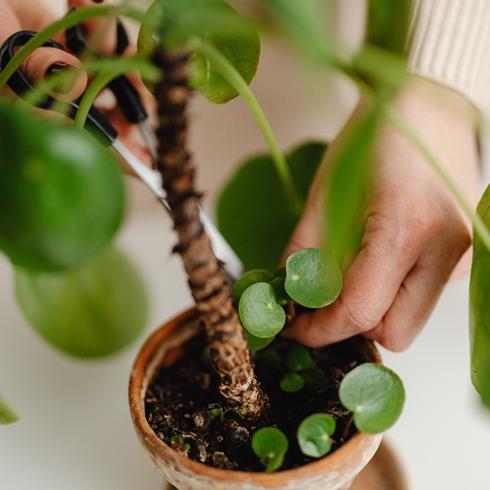
Leave Bits of Stem Intact
If the stems are completely dead but the plant roots are still alive, don’t trim the dead stems all the way down to the roots. Leave about five centimetres of the stem intact above the soil. When you manage to revive the plant, new growth will sprout from them.
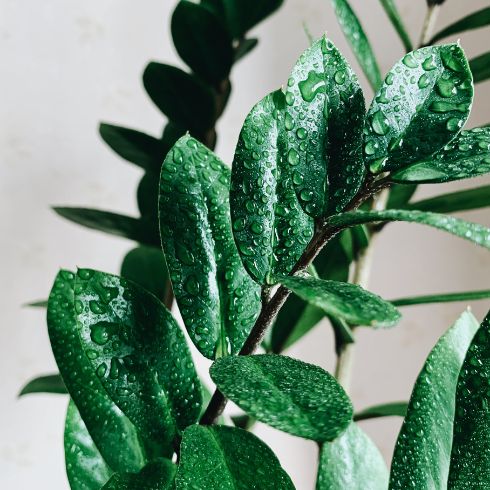
Move a Thirsty Plant to a Humid Spot
If your plant is dried out, watering alone may not be enough to help it recover, especially if you tend to forget about watering it regularly. Instead, move it to a humid spot out of direct sunlight, such as the bathroom. The plant will then absorb moisture through its leaves and spruce up your bathroom at the same time.
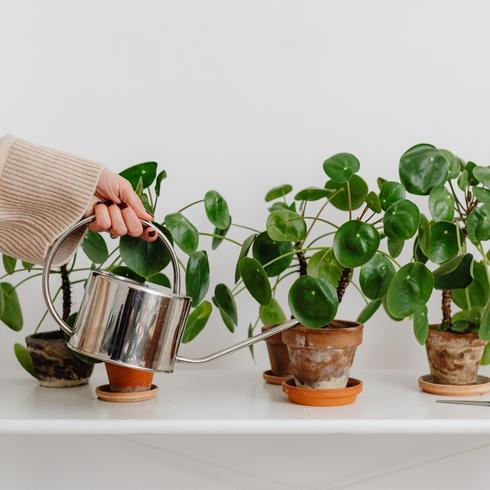
Water a Thirsty Plant
Clear signs that your plant is thirsty include brown leaves that are dry around the edges or curled up. The soil near the roots will be completely dry too. If your plant is dying because you didn’t give it enough water, the solution is obvious: water it!
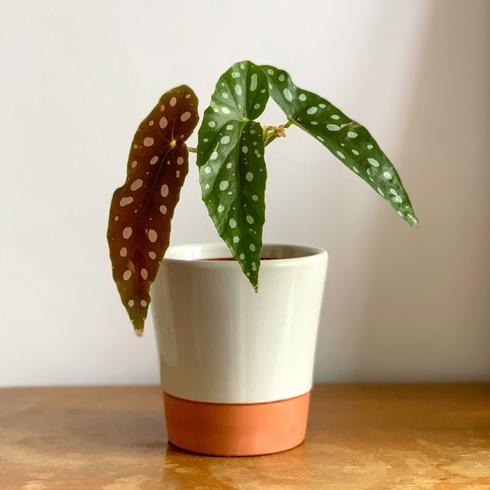
Move a Burned Plant Into the Shade
Many plants can’t handle too much sunlight. In fact, there are some indoor plants that thrive in low light. If your shrub has been getting too much sun, it will have dried-out leaves with dark or bleached patches. So how do you revive a plant that gets too much sun? Trim the foliage, move it to a shady spot with high humidity and water it well.
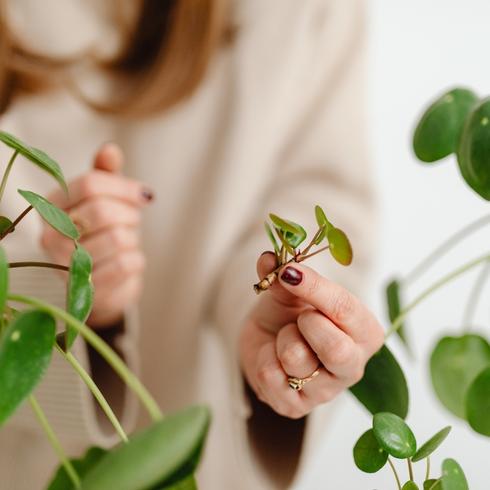
Diagnose the Problem
There are several reasons why a plant could be dying, so you need to diagnose the reason first. Consider the possibilities: the amount of water you’ve given it, plant nutrition, pests and diseases, as well as whether it’s been getting the right amount of sunlight.
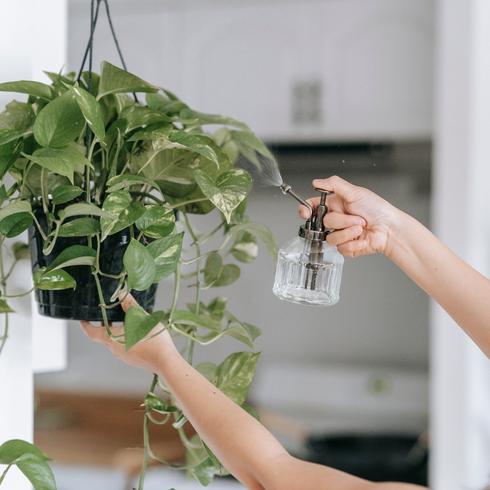
Use Filtered Water on Your Plants
Some plants are sensitive to the chemicals commonly found in tap water in Canada, such as chloride and fluoride. Bamboo, for instance, can die from chlorinated water. Instead of using water straight from the tap to water your plants, use filtered water. Alternatively, install a tank to gather rainwater.
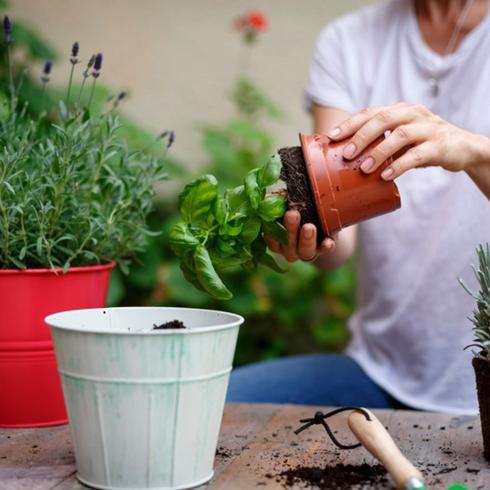
Replant an Overwatered Plant
An overwatered plant will look wilted. It may also have dead-looking brown or yellow leaves, while the soil around it is moist. If your plant is dying because you’ve given it too much water, the best solution is to replant it in drier soil. Suitable planters can be beautiful backyard ideas, so the bit of extra work now may also give your garden a bit of a makeover.
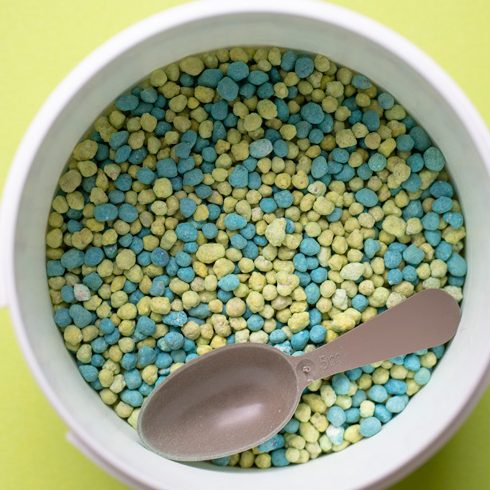
Hold Off on Fertilizer
It may be tempting to give your plant a nutrition boost with some fertilizer, but don’t do it just yet. When a plant is struggling, fertilizer may damage those tender roots. Wait until the plant has recovered.
You Might Also Like: Meet Katrina Huang: Owner of Plant-Decor Company Viridi
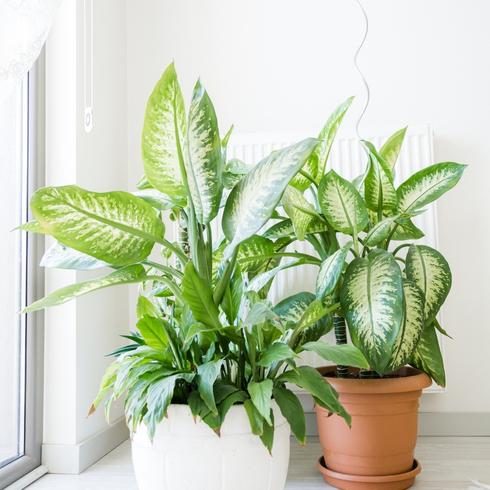
Move the Plant to a Sunny Location
Some plants require lots of light to grow. A plant that hasn’t been receiving enough light will have small, pale leaves and weak stems. Its growth will be stunted too. Sometimes the solution is as simple as opening the drapes and letting the sunlight in. Otherwise, move the plant to a sunny location. And if a specific room doesn’t get much sunlight, check out one of these plants that thrive in low light.

Get Innovative with Light
If your plant hasn’t been getting enough sun, there might be solutions that are less obvious. For example, cleaning the windows will allow more light to shine through. You can also add light-coloured gravel around the plant. This will reflect light and help your blooms get more of those rays.
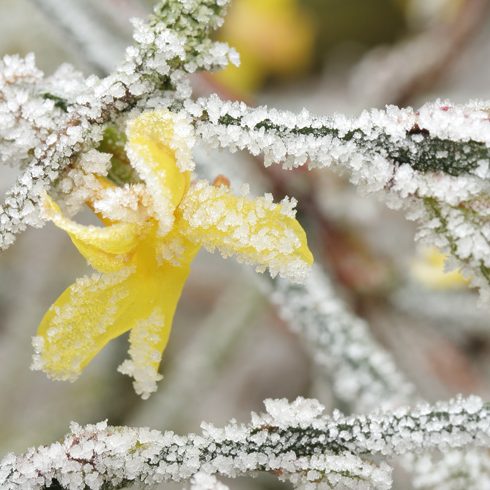
Protect Frost-Damaged Plants
If your plant seems to be dying after a cold spell, it’s very likely that it has suffered frost damage. Jasmine plants are especially vulnerable to frost that can kill the vines. How do you revive a dying jasmine plant and protect your outdoor shrufrom frost? Cover the plant with a frost blanket until the weather is warmer. It will likely grow again in spring.

Feed Your Plant
A lack of nutrients is a common cause for plants dying. Signs of nutrient deficiencies include stunted growth, discoloured and malformed leaves and weak or dying stems. Replant the plant in fresh soil that has plant food added to it.

Get a Bigger Pot
If your potted plant is dying, it might be that it has become too big for the pot. Replant it in a bigger one with well-drained, fertile soil. This will allow the roots enough space to grow.
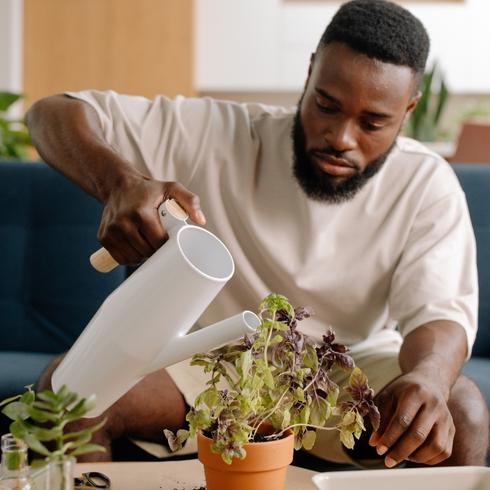
Use a Water-Soluble Fertilizer
Too much fertilizer, or the wrong fertilizer, can burn the plant’s roots. However, your plant still needs nutrition to grow. Add some water-soluble fertilizer to a watering can and water your plant with this nutrient-rich solution instead.

Use Fertilizer at the Right Time
Because too much fertilizer can do more harm than good, you should only fertilize at the right time. Except for those plants that will flower in winter, most plants use the colder months to rest. Only fertilize them during the time they’re supposed to grow, which is generally from spring to autumn.
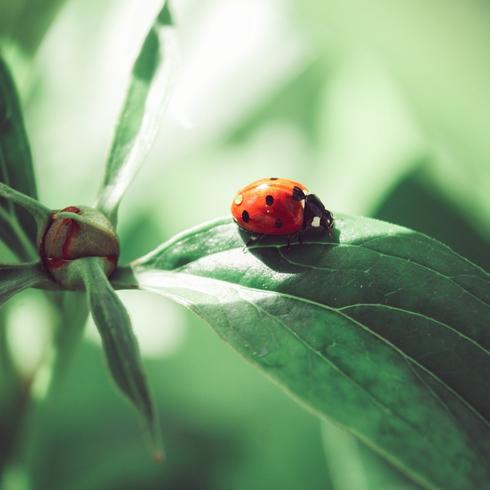
Get Rid of Pests
Pests can wreak havoc on your plants and kill them. Shrubs are especially vulnerable because they provide so many places for pests to hide. So how do you revive a dying bush? Check for signs of pests, such as folded or curled-up leaves, abnormal growths, deformed and discoloured leaves, holes in leaves and, of course, bugs that shouldn’t be there. A mild solution of soap in water can get rid of most pests.
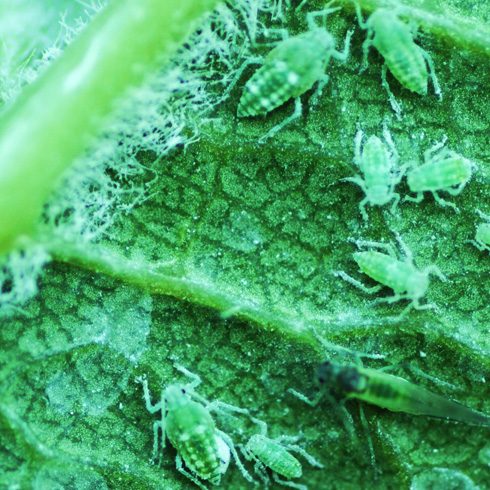
Don’t Attract Bad Bugs
You might be doing one of several things that attract bugs into your house and yard, from leaving dirty pet food bowls lying around to having an unkempt garden. If your plant seems to be having a pest problem, find out how the pests got there in the first place and do what’s necessary to prevent them from coming back.
You Might Also Like: Easy Plants You Can Propagate From Cuttings
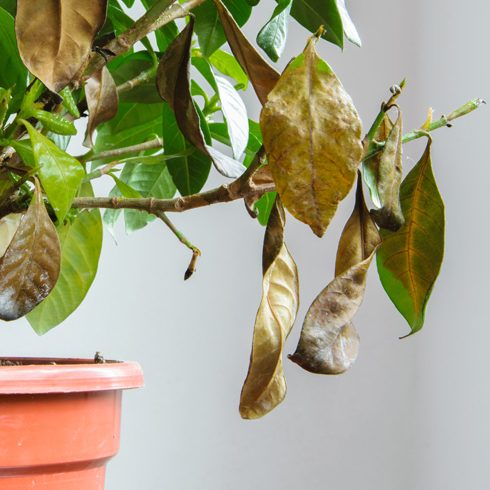
Get Rid of Diseases
Plants are susceptible to a number of diseases, each with its own causes, symptoms and treatment. If you suspect that your plant has fallen prey to some disease like powdery mildew, root rot or leaf spot, ask a gardening expert to help you identify it and learn how to treat it. It’s also important to isolate the plant from your other ones to ensure the disease doesn’t spread.
Home Network your inbox.
By clicking "SIGN UP” you agree to receive emails from Home Network and accept Corus' Terms of Use and Corus' Privacy Policy.




